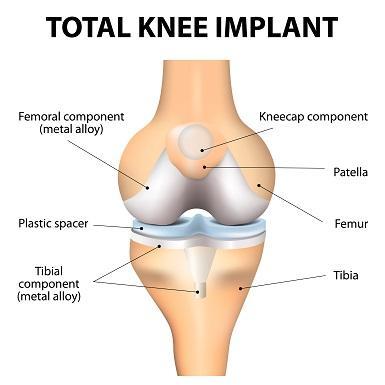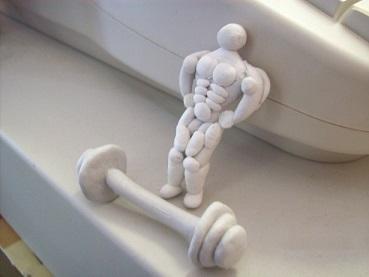Implants for the Future

A group of scientists from the University of Malaya and four other universities in the US have found a technique of developing better biomedical implants to accelerate bone healing. An implant is a medical device made of a biomedical material that is fitted into the body to act as a missing biological structure. A study published on the front cover of the July issue of Applied Surface Science, reveals that the researchers have been successful in making new biomedical implants. These use magnesium coatings that do not crack, reducing the chance of post surgery complications.
Read more
New Method Increases Bone Density

This new method is extremely helpful in initial rat models and experiments. The results showed a 30% hike in bone growth, improving bone density. This new device is called a ‘miniature muscle pacemaker’ and is designed to produce contractions in the muscles. These miniature muscle pacemakers were designed by Professor Jonathan Jarvis of Liverpool John Moores University. In the rats, they were placed on the legs for a period of 28 days.
Read more



